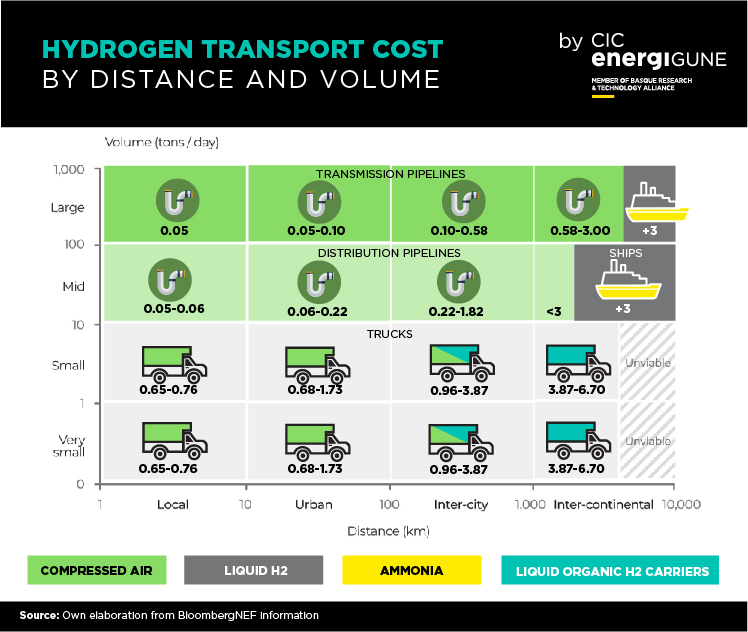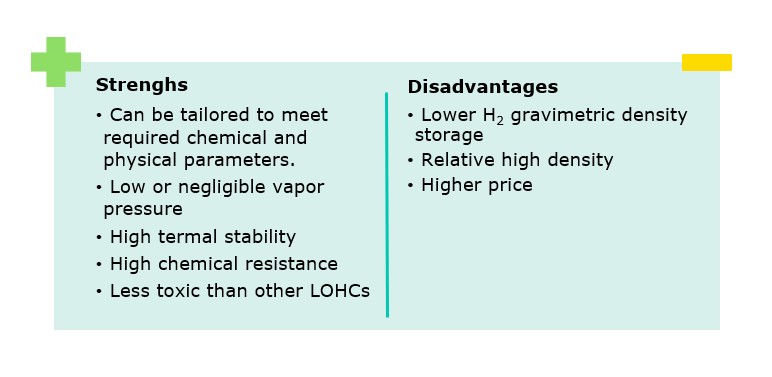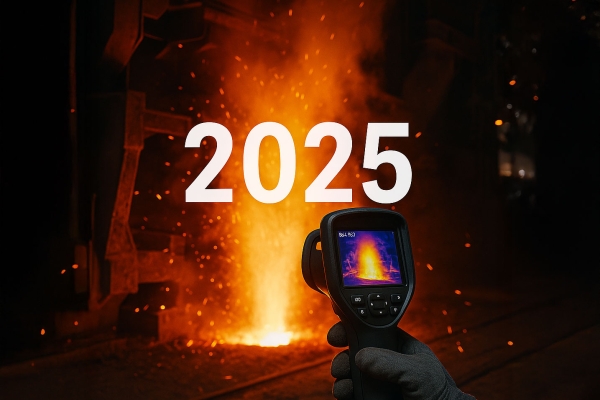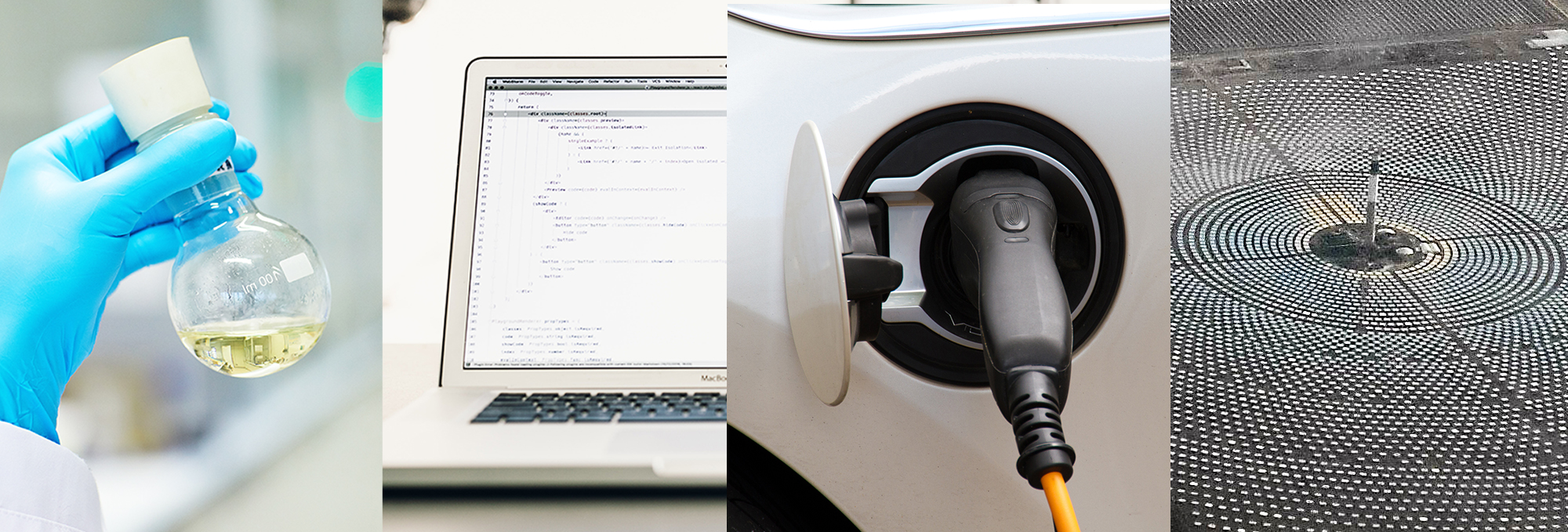The employment of energy is synonymous of well-being and prosperity, being essential for the development of the modern world. Managing the growing demand for energy in a safe and environmentally responsible manner will be the challenge for our society.
In this context, the EU has recently set the targets of reducing net greenhouse gas emissions by 55% and achieving climate neutrality by 2030 and 2050, respectively. The depletion of fossil fuels, the rising global warming, and the current energy trade situation, encourage to find alternative and viable energy storage and delivery technologies.
One available solution that contributes to addressing these challenges is the use of hydrogen. Hydrogen can be used as a clean energy carrier, not only boosting the integration of renewable energies in the energy system but also increasing the decarbonization rate for final applications in industrial sectors, mobility, etc.
The research in the field of hydrogen distribution, transport and storage methods is crucial to create an economic infrastructure that allows hydrogen to be transported from regions where this raw material is produced at low cost to regions where it is in demand. This is why the Basque Country is making a firm commitment to hydrogen technologies, which is materialized in the publication of the Basque Hydrogen Strategy, the creation of the Basque Hydrogen Corridor initiative or the Hydrogen Sector Forum held by the Basque Energy Cluster, among other initiatives.
Transporting hydrogen
When hydrogen is not used at the point of production, and a large quantity needs to be transported over long distances (between countries or continents), a hydrogen distribution and transport infrastructure must be in place.
In this scenario, liquid organic hydrogen carriers (LOHCs) such as ammonia are a very promising alternative. LOHCs are in liquid state under ambient conditions and present similar properties to fossil fuels. The hydrogen distribution technology employing LOHCs relies on the hydrogenation-dehydrogenation process. The procedure consists of a hydrogenation process (exothermic reaction) of the LOHC at the place where the hydrogen is produced, and transporting this hydrogenated LOHC to the place where hydrogen is needed. There, the hydrogen is released from the hydrogenated LOHC by the so-called dehydrogenation process (endothermic reaction) ready to use for the desired application recovering the dehydrogenated LOHC and closing the cycle.
The main advantage of this system is the handling and storage of the hydrogen-rich LOHCs by well-known processes during extended times without energy losses and their transport using the existing oil- and gas-based infrastructure. However, the future potential of LOHCs lies in providing fully reversible hydrogen storage through catalytic processes with favourable thermodynamics and hydrogenation kinetics, with a large-scale availability, and maintaining the compatibility with the existing fuel energy infrastructure for practical use of these molecules in a variety of applications.
To develop these potential LOHCs systems, several criteria must be considered:
- Physical characteristics: melting point, boiling point, thermal stability, viscosity, and low vapour pressure for easy transport
- Reversibility in hydrogenation and dehydrogenation reactions
- H2 storage capacity in weight
- Environmentally friendly, sustainable, non-toxic and safe
Although currently some work is being done with LOHCs, such as aromatic hydrocarbons as hydrogen-lean storage molecules there is a need to develop new and alternative LOHCs, which could fulfil the previous cited requirements.
EKARRIH2 project
In this context, the EKARRIH2 project was recently launched in the Basque Country in the frame of ELKARTEK funding from Basque Government (KK-2022/00089).
One of the key goals of the project is to develop advanced LOHCs suitable to transport high volume of hydrogen over long distances at competitive costs and in a more environmentally, sustainable, and safe way improving the scientific, technological, and commercial positioning of the Basque Science and Technology Network and Basque companies in the hydrogen sector.
In the EKARRIH2 project different types of LOHCs will be developed with low toxicity, CO2 free in the cycle, with high hydrogen gravimetric density and low degradation during hydrogenation/dehydrogenation cycles. Besides the development of novel LOHCs, the consortium is also working in the prototyping and design of different hydrogenation/dehydrogenation reactors at laboratory scale based on both thermocatalytic and electrochemical reactors.
Ionic liquid-based LOHCs
CIC energiGUNE contributed to the EKARRIH2 project developing novel Ionic Liquids (ILs) to use as LOHCs. ILs have gained significant attention due to their extraordinary properties and promising possibilities in a wide range of applications. The use of ILs for hydrogen storage is practically unheard of and therefore provides a good opportunity to extend the field of application of ILs and develop alternative LOHCs to those described in the literature.
The objective is to design Ionic Liquids with theoretical gravimetric hydrogen capacities close to 2-4%, with both high thermal and chemical stability in the presence of H2 as well as their testing in hydrogenation-dehydrogenation reactors.
The development of IL-based LOHCs relies in the remarkable inherent properties of the ILs such as tuneable polarity, viscosity and conductivity, negligible vapour pressure and physical and chemical stability. These properties are very interesting for the IL-based LOHCs development which could fulfil the conditions needed in the hydrogenation-dehydrogenation processes.
The EKARRIH2 is coordinated by TECNALIA and involve the participation of six other partners included in the Basque Science, Technology and Innovation Network: CIC energiGUNE, CIDETEC, PETRONOR INNOVATION, TEKNIKER, UPV/EHU and BASQUE ENERGY CLUSTER. The project is funded by the Basque Government’s Department for Economic Development, Sustainability and the Environment under the ELKARTEK 2022 programme (KK-2022/00089).
If you want to know more about the EKARRIH2 project, visit the official website and keep up-to-date with our latest news by visiting our blog.












